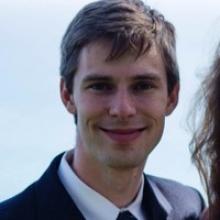Building Blocks for Modular Circuit QED Quantum Computing
The ability to couple isolated quantum systems demonstrates precise and powerful control over natural phenomena. It can be of use in quantum information by connecting systems in a modular network to realize distributed, fault-tolerant quantum computing. This requires highly performing modules and efficient communication channels. We have developed or integrated state-of-the-art hardware in circuit quantum electrodynamics to produce such an elementary module. We explore the dissipation mechanisms that limit their fundamental performance; by reducing overall loss, we can increase the efficiency of a scaled modular network. Further, we demonstrate a method to transmit quantum information from a module, via propagating photons, into another module. Transmitting quantum information requires that locally stored states are converted into propagating fields. Using RF-controlled four-wave mixing, we experimentally demonstrate parametric conversion of quantum states from a superconducting microwave cavity, preserving the quantum information in a propagating form with high fidelity. This process operates identically in either direction, allowing release and capture of the propagating mode by temporal control over the conversion. Such control also permits entanglement, simply by “half-release” of a state, which we confirm by observing non-classical correlations. Thus, state transfer and entanglement are both realized with high fidelity and without compensating by conditioning. This fundamentally deterministic strategy sets new limits on the rate of communication and entanglement generation. By encoding quantum states in multi-photon fields, we show how one can overcome signal transmission loss in such a quantum network, further improving efficiency through the prospect of quantum error correction. These results establish a compelling approach for deterministic, network-based quantum computation, and may serve as the basis for how superconducting quantum circuits can be scaled to even greater numbers.
